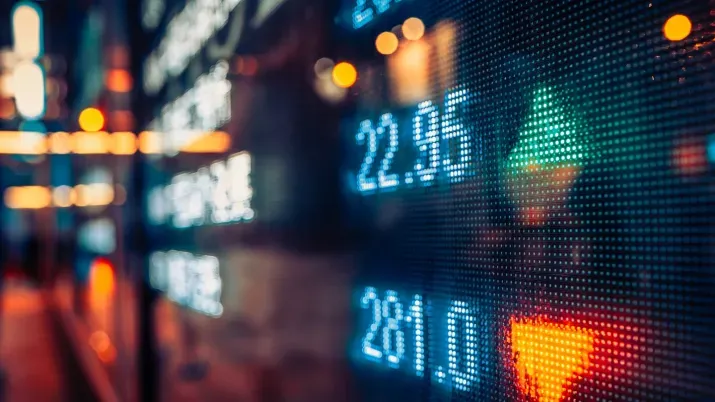Newell: Fallen Angel to Rising Star?
TwentyFour
Fixed income investors are well versed in the risks of ‘fallen angels’, investment grade companies whose bonds tumble in value once they are downgraded to high yield.
In 2019 we saw a total of eleven investment grade US corporate issuers drop into high yield territory, accounting for some $16 billion of notional debt.
One of these was Newell Brands – maker of Sharpie pens and Crock Pots, among other things – which was downgraded to BB by Standard & Poor’s on November 1. Fitch had already downgraded the company to BB+ in February, and while Moody’s maintained its IG rating (Baa3), S&P’s move ultimately forced Newell out of the BAML US IG Index and into the BAML US High Yield Index. In a good example of how markets tend to react to a ‘fallen angel’ story, we saw an immediate widening of spreads across Newell’s capital structure, a move of around 50bp on average.
That kind of move demonstrates why avoiding those names at risk of dropping into high yield is such a priority for investors, particularly late in the credit cycle when valuations tend to be more stretched and corporate leverage is generally heightened. However, identifying those names that might benefit from a move in the opposite direction can be just as important for maintaining returns, and Newell looks to have potential here.
Newell had been making progress on its turnaround plan with a string of divestments in recent months, the latest being The United States Playing Card Company on December 31. S&P’s reasoning for the November downgrade boiled down to Newell’s failure to sell two or three more assets, which in the ratings agency’s view meant an increased likelihood that the company would not be able to meet its leverage expectations for the year.
With Newell currently targeting a net debt/Ebitda ratio of 4.0x by year-end 2019 and 3.5x by the end of 2020, we believe the company could be a candidate to regain its IG status. Thanks to that 50bp spread widening, the yield-to-maturity on Newell’s 4.2% 2026 bonds is currently 3.62%, compared to 3.16% on the BBB index and a 3.79% yield-to-worst on the BB index. In our view, that represents attractive value with potential for upside should the company meet its leverage targets.
Newell’s move out of the IG index and into high yield opens the firm up to an entirely different investor base, and we would expect more of these opportunities to reveal themselves over the course of 2020.







